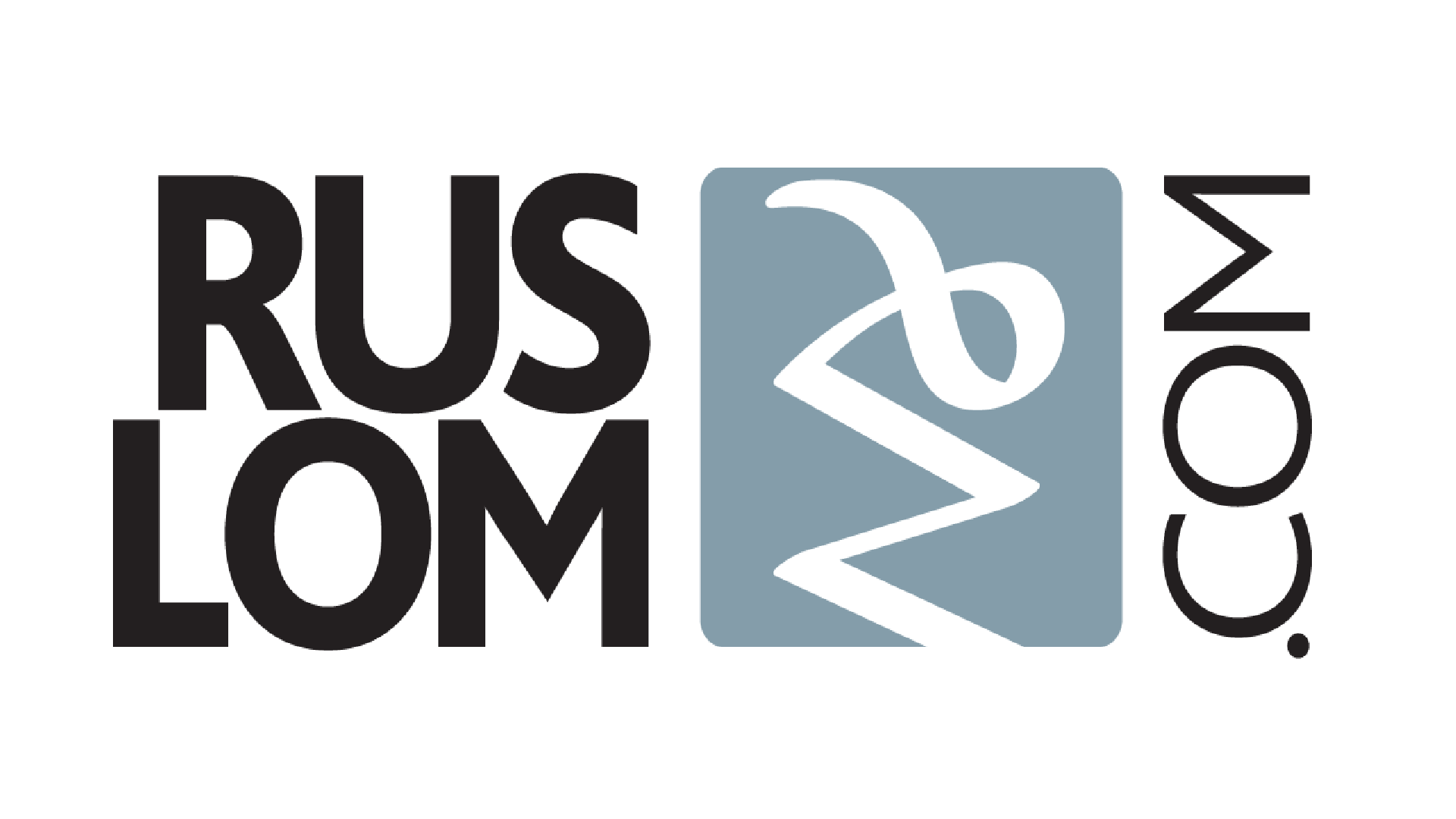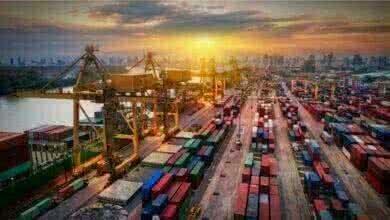Scrap metal includes used metal products, tools, equipment, machinery or their metal parts, containers and packaging made of ferrous and non-ferrous metals (cast iron, steel, aluminum and tin), metal processing waste (shavings, sawdust, dust), metal production waste, metal cutting waste, used batteries, used wires of steel, aluminum, copper.
Scrap and metal waste management is a significant sector of the Russian economy, responsible for the raw materials security of metal industry as well as greening. The sector is regulated by Federal Law No. 89-FZ On Production and Consumption Wastes and various other Russian laws. According to the decrees of the Government of the Russian Federation scrap metal is an essential commodity for the domestic market of Russia and is included in the list of strategically important goods and resources.
The scrap industry in Russia today is:
- 60 thousand jobs, including certified specialists;
- more than 5000 enterprises with assets and technologies for processing scrap and ferrous and non-ferrous metal waste;
- over 15 billion rubles paid to the budget per year;
- 45 million tons of scrap per year, 60% of which is the resource base of metallurgy;
- more than 20,000 prevented hazardous scrap waste (explosive, radioactive, contaminated scrap) technological accidents per year.
The industry is facing the following issues:
- The personal income tax on the income of individuals which they receive from gathering and supplying recycling materials. It acts not only as a strong demotivator but also as an obstacle to developing a system of separate collection and sorting of useful fractions. As the result metal is lost in landfills.
- Low rates for the disposal of scrap and metal waste, set by the new environmental law (Federal Law 458-FZ). The rates should be increased to a minimum of 65-95% to effectively involve processors in the environmental reform implementation.
- High railway tariffs for transportation of scrap and metal waste.
- Underfunding of the industry. Due to underfunding banks regard this sector of economy as highly risky. This leads to loan rates of at least 20% rate and high tariffs on cash settlement services. The world practice shows that recycling industry is developing at a loan rate of not more than 3%.
- The centralised regulation of the scrap industry was destroyed after the collapse of the Soviet Union. The licensing system is inefficient, prevents fair competition and impedes technological modernisation due to outdated requirements for equipment and staff. Moreover, in 2016 an additional license for management of hazardous waste was introduced. In this regard, territorial licenses for scrap metal management have become an overload.
The benefits of using scrap as a metallurgical raw material
What is the economic effect from the use of scrap as a raw material for the metallurgical industry?
Involving metal waste in recycling is much more cost-effective than smelting metal from ore. About half of world’s steel production is smelted from secondary ferrous metals, and the share of scrap metal in the charge of electric steel production is 95%. The share of a metal charge (cast iron and secondary ferrous metals) in the cost of steel is more than 80%, and that is why secondary ferrous metals are highly important for the metallurgical industry and enterprises with steelmaking and iron foundries.
Reusing the metal allows to achieve significant cost cutting. The reason is simple: to develop scrap processing requires much less capital investment than to explore, mine iron ore and coal, create concentration and sinter plants, blast furnaces and ferroalloy workshops. Usage of 1 ton of prepared scrap metal saves over 1800 kg of iron ore, sinter and pellets, 500 kg of coke, 50 kg of fluxes, about 100 m3 of natural gas on average.
Foreign currency earnings from export of metal scrap also play an important role both in developing domestic production and boosting the import of consumer goods.
How usage of scrap improves energy efficiency of metallurgical processes
The use of scrap in metallurgy can reduce cast iron volumes required for steel production process, thereby increasing the energy efficiency of production. It also allows to significantly reduce energy consumption in non-ferrous metallurgy: aluminum – by 95%, copper – by 83%, steel – by 74%, lead – by 64%, zinc – by 60%.
Environmental benefits
Compared to smelting iron from ore, using scrap lowers environmental load by significantly reducing total industry emissions into the atmosphere:
- when steel is smelted from metal waste, the amount of air polluting substances is reduced by 85%;
- when smelting from non-ferrous scrap metal, the amount of emissions is reduced by 5 to 10 times.
The Association works in close cooperation with the Government of the Russian Federation to propose solutions on how to improve the supply of metallurgical enterprises with secondary raw materials and meet the commitments made by the Russian Federation under the UN climate conference (Paris, December 2015) and the requirements of the Russian Government Plan on reduction of greenhouse gas emissions.
Sources of secondary metals
More than 45 million tons of scrap and waste of ferrous metals are generated in Russia annually. Based on the source of formation, ferrous and non-ferrous metal scrap can be divided into two types: working and depreciation. Working scrap is formed during the production of metals, machinery, equipment and various metal products. Depreciation scrap is formed as a result of depreciation of equipment at enterprises, as well as out of service household appliances and various metal items.
The largest amount of secondary metals (45%) is formed during production, 33% is formed during depreciation of equipment (liquidation of fixed assets, repair and replacement of equipment, tools and inventory) and 20% is from the metalworking process. Among various industries, the largest amount of ferrous metal waste is originated from mechanical engineering, shipbuilding, machine tool building and instrument making. These types of scrap are usually included in the turnover to be processed by the metallurgical industry enterprises.
There are more than 110 000 unauthorised landfills in Russia, with more than 250 million tons of metals buried.
Under current conditions, increasing collection and recycling of scrap requires incentive measures for separate collection and sorting of waste by citizens, with the subsequent delivery of secondary raw materials containing useful fractions. Useful fractions include scrap and waste of ferrous and non-ferrous metals generated in households, as well as landfill scrap refused by its owners.

